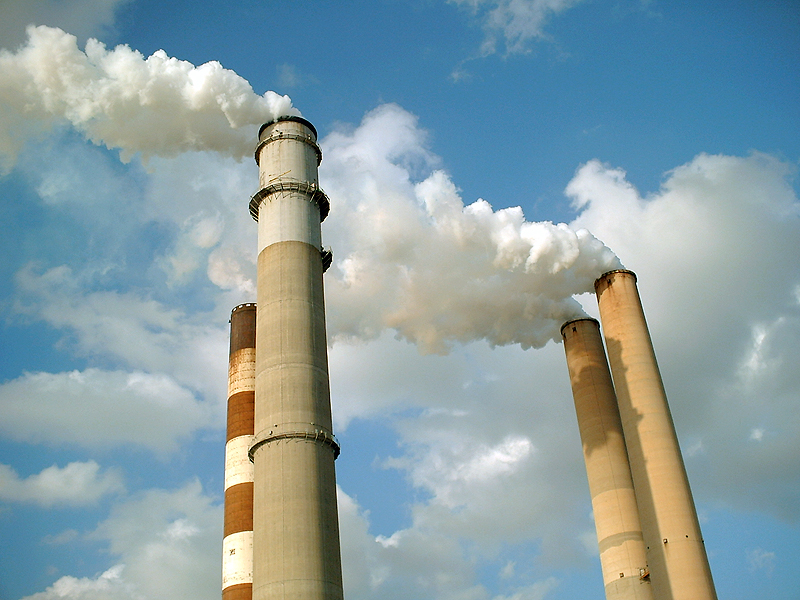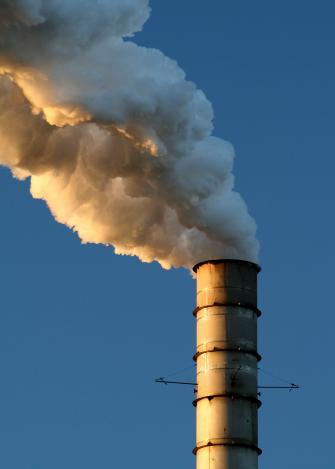
 Stress in trees, shrubs and lawns
Stress in trees, shrubs and lawns
There are many forms of stress that affect plant material, but a newly recognized form is destroying many of our forests. This new form, acid rain, is a product of our industrialized world that is moving forward at a startling pace. People are only beginning to wake up to the need to reduce pollution emissions. Until we get air pollution under control, we must settle for "Plan B."
Acid rain is changing our landscape before our very eyes, the most noticeable being our sugar maple forests. Other trees are affected, as well as shrubs, but not as severely as the sugar maple... not yet! Acid rain lowers the pH of the soil, causing calcium, magnesium and potassium to be leached out, phosphorus and micro-nutrients to be tied up, and aluminum to be released which is poisoning the trees.
Until recently, the problem was not identified as being fertilizer related. People usually do not think to fertilize their trees. It is most often their roses, vegetables or lawns that get fertilized. But careful use of fertilizer can help trees under siege from acid rain - this is a totally new way of thinking and one that cannot be ignored.
Research has shown that most trees have feeder roots close to the surface, in the top couple of inches of soil. Acid rain will makes the feeder root soil layer acidic, and the trees will suffer. Even in cases where limestone is prevalent and the soil is naturally alkaline, acid rain can change soil pH.
After the roots become poisoned, they begin to die. The roots require phosphorus to produce new roots, but the change of pH to 'acidic condition' has tied up the phosphorous so the roots continue to die. Dying roots causes drought for the trees because the trees can no longer take up water. As a result, there is premature leaf drop and dead upper branches. The vascular system will also begin to die, causing a reduction of sap going to the upper part of the tree.
The following year, the leaves will be smaller, deformed and discoloured. Root growth will be minimal and the tree's system will begin to break down rapidly. After approximately five years, the entire tree will be dead. Any new trees will suffer the same fate within a few years if not fertilized.
We need to begin proper maintenance on our trees if we are to save our mature tree population. The short term immediate solution to this problem is to fertilize with a blood meal- or bone meal-based fertilizer. This fertilizer will raise the pH and again allow the trees to take up the nutrients they require. They will react quite quickly, showing signs of larger, greener leaves, more leaves and longer survival of leaves. Rotting branches will callous over, and diseases will be warded off at the surface.
The fertilizers required are organic and high in micronutrients, with lots of calcium and potassium. They are also slow release, so that they will not be washed away at the first rainfall.
Through acid rain research, it has also been discovered that winter salt damage and dog urine affects the tree roots in the same way. The sodium in salt displaces the potassium, thereby causing root damage or death. These problems can be reduced or eliminated by adding gypsum to the soil.
Fertilizing our trees is a matter of "environmental life or death." We need our trees for oxygen, food, and to build our homes. What would it be like in our great outdoors without the majestic trees to shade and cool us?
Something to think about isn't it'?